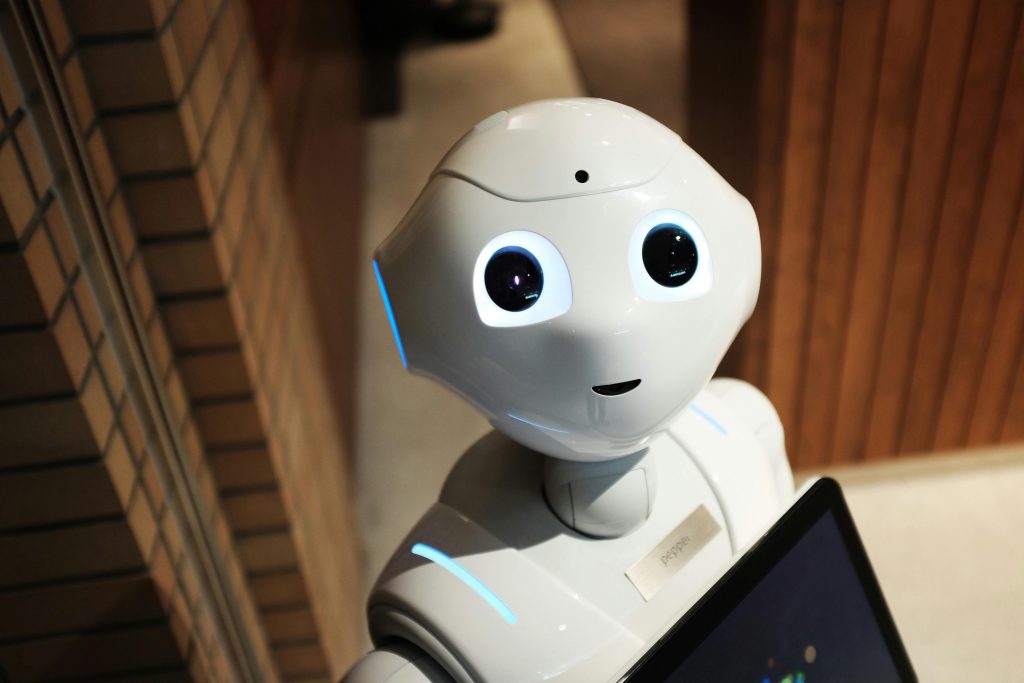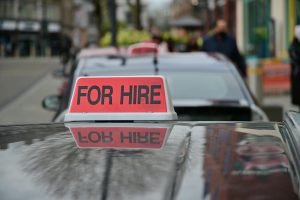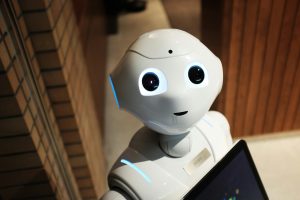
Artificial Intelligence (AI) and Generative AI (GenAI) have leaped from sci-fi novelty into daily workplace reality, especially in 2025. From automating tasks to redefining roles, this transformation isn’t incremental; it’s seismic.
This article explores how AI and GenAI are reshaping work today and what it means for individuals, managers, and organizations. Each section is backed by fresh data, reports, and expert insights.
1. AI’s Productivity Surge: Workflows Reimagined
GenAI Isn’t Just Experimental; It’s Driving Output
The LexisNexis 2025 Future of Work Report reveals a major shift: 82% of professionals are now open to GenAI tools, and 80% say these tools exceed expectations. Importantly, 53% report saving 1–2 hours daily, while 30% save 3–4 hours thanks to GenAI’s ability to automate routine tasks, data analysis, and content creation.
Similarly, PwC’s 2025 CEO Survey found that 56% of leaders observed efficiency gains from GenAI implementations; 32% even reported revenue boosts, and 34% saw improved profitability.
These statistics underscore a growing truth: GenAI is not just assisting, it’s accelerating.
2. The Rise of AI Agents: Task Automation Evolved
GenAI now powers intelligent agents—autonomous tools designed to complete tasks that once required human effort.
Forbes lists “AI agents” as the “killer app” of the AI era. By 2025, 25% of enterprises plan to deploy them; by 2027, that’s projected to climb to 50%.
Workday’s “Recruiter Agent” is a perfect example of using AI to draft job descriptions, source candidates, and schedule interviews, leaving strategic decisions to humans.
3. Blended Work: Humans + AI, Not Humans vs. AI
The transition from hybrid work to “blended” work means AI isn’t just a tool, it’s a collaborator.
A recent academic provocation argues that in 2025, we no longer simply alternate between remote and office work. Instead, AI is embedded in our workflows, co-authoring documents, shaping decisions, and redefining professional boundaries.
As humans delegate routine tasks to GenAI, they also adopt new roles as orchestrators and editors. A systematic review of workplace transformations reveals that workers now manage and refine AI outputs, a shift that fractures traditional job descriptions and demands new frameworks for collaboration.
4. Workforce Transformation: Jobs Lost, Driven, Created
Automation’s Dual Impact
McKinsey’s insights show generative AI could automate up to 30% of work hours by 2030, but it’s not just about job loss. Some sectors (healthcare, STEM, construction) may even see job growth, while others (office support, customer service) decline.
The World Economic Forum echoes this transition: 41% of employers plan to reduce headcount by 2030 due to AI. Yet 77% are simultaneously planning reskilling programs as workers shift roles.
Complement, Don’t Replace: Skills in Demand
Academic research analyzing job ads shows that AI is increasing demand for complementary human skills like digital literacy, teamwork, and resilience while reducing demand for easily automated tasks.
5. Real-World Displacement: Job Cuts and Resistance
AI-driven efficiency isn’t abstract—it’s already reshaping labor dynamics.
- Salesforce recently eliminated 4,000 support roles, replacing them with AI agents that now handle 50% of customer interactions, with no reported drop in customer satisfaction.
- Banks in Australia—including CBA, ANZ, Telstra, and Westpac have quietly used AI to automate roles in customer service and clerical work, contributing to layoffs.
- Contrastingly, the New York Fed reports that, so far, AI hasn’t caused widespread job loss. Firms are leaning more on retraining than layoffs, though this may evolve as AI adoption deepens.
These conflicting signals show the uneven, complex nature of AI’s early impact on the workforce.
6. Economic Stakes & Leadership Response
Investment in AI Is Booming
Investment is pouring in. Goldman Sachs estimates global AI investment may hit $200 billion by 2025, potentially contributing 4% to U.S. GDP.
LinkedIn’s Future of Work Fund further commits $3 million to support nonprofits developing AI-powered workforce solutions, signaling broader institutional support.
Leaders Adapt, But Cautiously
Accenture’s CEO acknowledges that AI adoption is slow and costly, with 95% of companies seeing no returns yet. But 85% plan to increase AI investment, trusting long-term gains will follow the classic J-curve pattern.
AI’s economic debate continues pioneers seeing it as an engine for transformation; critics warn of inequality and unchecked automation.
7. The Human-Centered Imperative: Ethics, Governance, and Safety
Amid the AI surge, concerns about fairness, job displacement, and transparency are growing.
- A research paper urges that AI safety efforts prioritize workers’ livelihoods, advocating for global frameworks to ensure economic justice and fair data licensing.
- The rise of adaptive GenAI tools raises ethical questions from bias and misinformation to job devaluation. Best practices now include inclusive upskilling and responsible deployment.
8. Looking Ahead: New Roles, Skills, and Workplace Norms
The Jobs of Tomorrow
AI is spawning entirely new professions, prompt engineer, AI supervisor, ethicist, retraining specialist—that didn’t exist a decade ago, genaiinsight.it.
Skill Evolution
AI fluency, adaptability, ethics, creativity, and emotional intelligence are core to thriving in AI-augmented workplaces.
Final Word: Embracing an AI-Augmented Tomorrow
AI and GenAI are not background tools—they’re reshaping the workplace at every level:
- Productivity and creativity are accelerating.
- Work roles are blending with AI contributions.
- Job landscapes are in flux, both shrinking and expanding.
- The economic potential is massive, but leadership must be strategic and human-centered.
- Ethical frameworks and retraining are non-negotiable.
This shift isn’t distant; it’s happening now. Understanding it, shaping it, and rising with it will define successful teams and organizations in 2025 and beyond.







